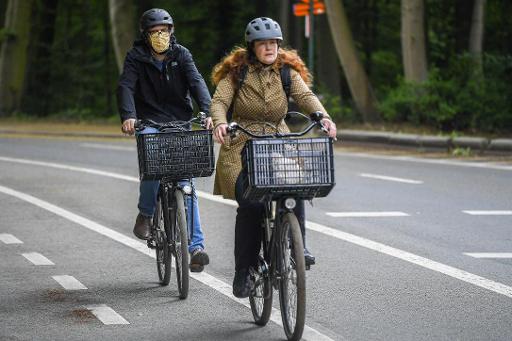The use of bicycles is increasing in Brussels, a study in the 44th issue of Brussels Studies confirmed on Tuesday.
The finding is confirmed, regardless of the chosen calculation method, said the authors, three researchers at Université Saint-Louis-Bruxelles, who collaborated with the Mobility Observatory of the Brussels-Capital Region.
On the eve of World Bicycle Day, the researchers hoped to contribute by addressing whether or not the trend, reinforced since the start of the coronavirus pandemic by the uncertainties surrounding it, would continue.
Related News
- Nearly 40% of Belgians will stop commuting post lockdown
- Phase 2: Brussels launches 'Park+Bike' for commuters
The study recalls that Brussels has already experienced mass cycling in not-so-distant times. Cycling was the main mode of individual mechanised transport between 1905 and 1935, a period during which the number of bicycles increased tenfold.
In 1940, there were five times as many bicycles in the former province of Brabant (which included Brussels) as there were cars in the whole country.
The second half of the 20th century saw a gradual decline in utilitarian cycling, precipitated by the rise of the car.
For several years now, however, the advantages of two wheels as a mode of transport particularly suited to short and medium distances have been brought back into the spotlight. The recent uncertainties associated with the use of public transport in times of pandemic have also re-popularised cycling among many Brussels residents.
The study's authors found that the use of two-wheeled vehicles is increasing in Brussels, due to the movements of Brussels residents themselves, but also to commuters who combine cycling with other means of transport.
Between 2013 and 2019, the number of cyclists passing through counting points has more than doubled, with an average annual growth rate of 14%.
Since the first national mobility survey in 1999, the various surveys agree on the fact that cycling has increased, both as a proportion of the population that uses it and as a proportion of trips. This trend is particularly marked for trips by workers who live and work in Brussels.
The Brussels Times

